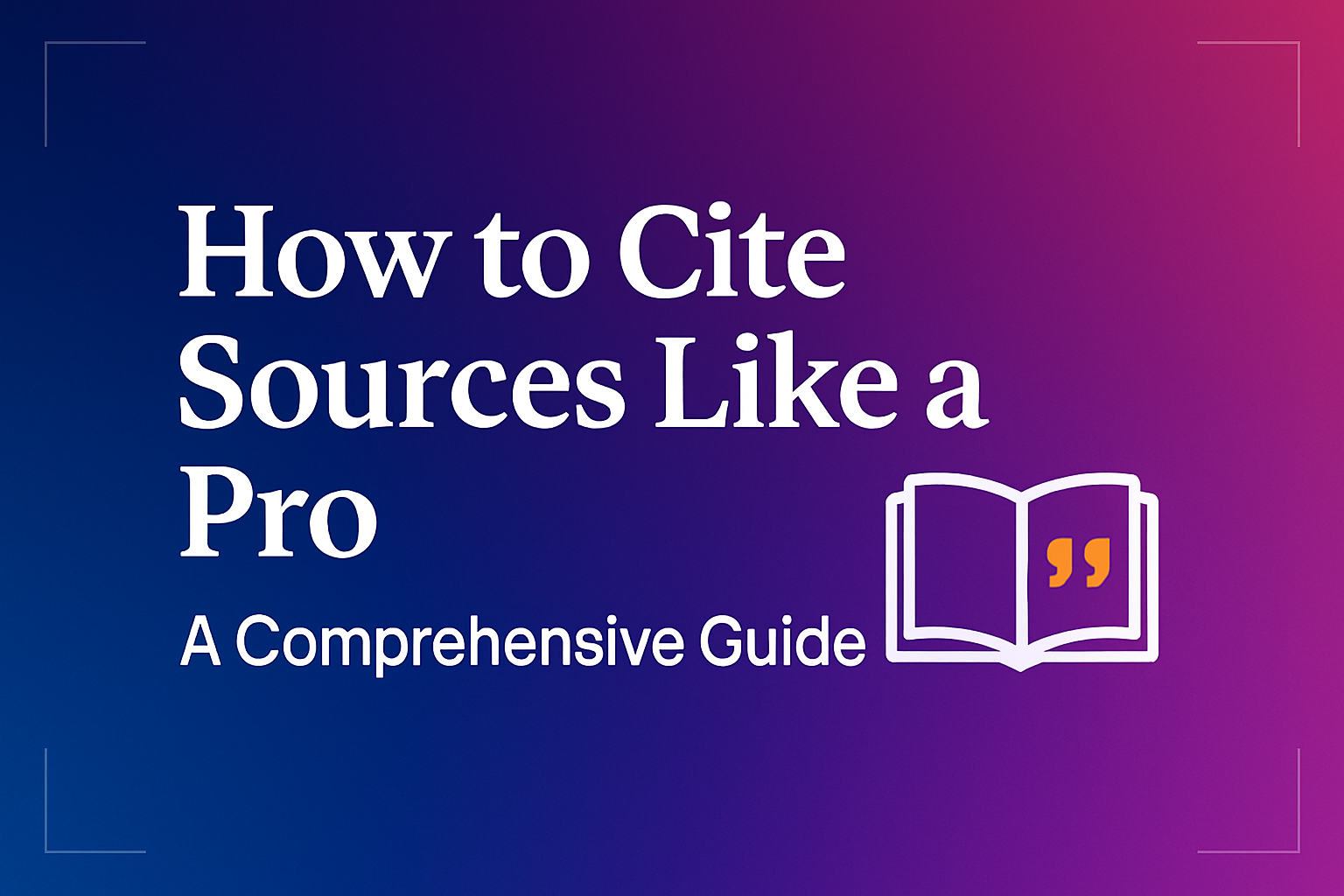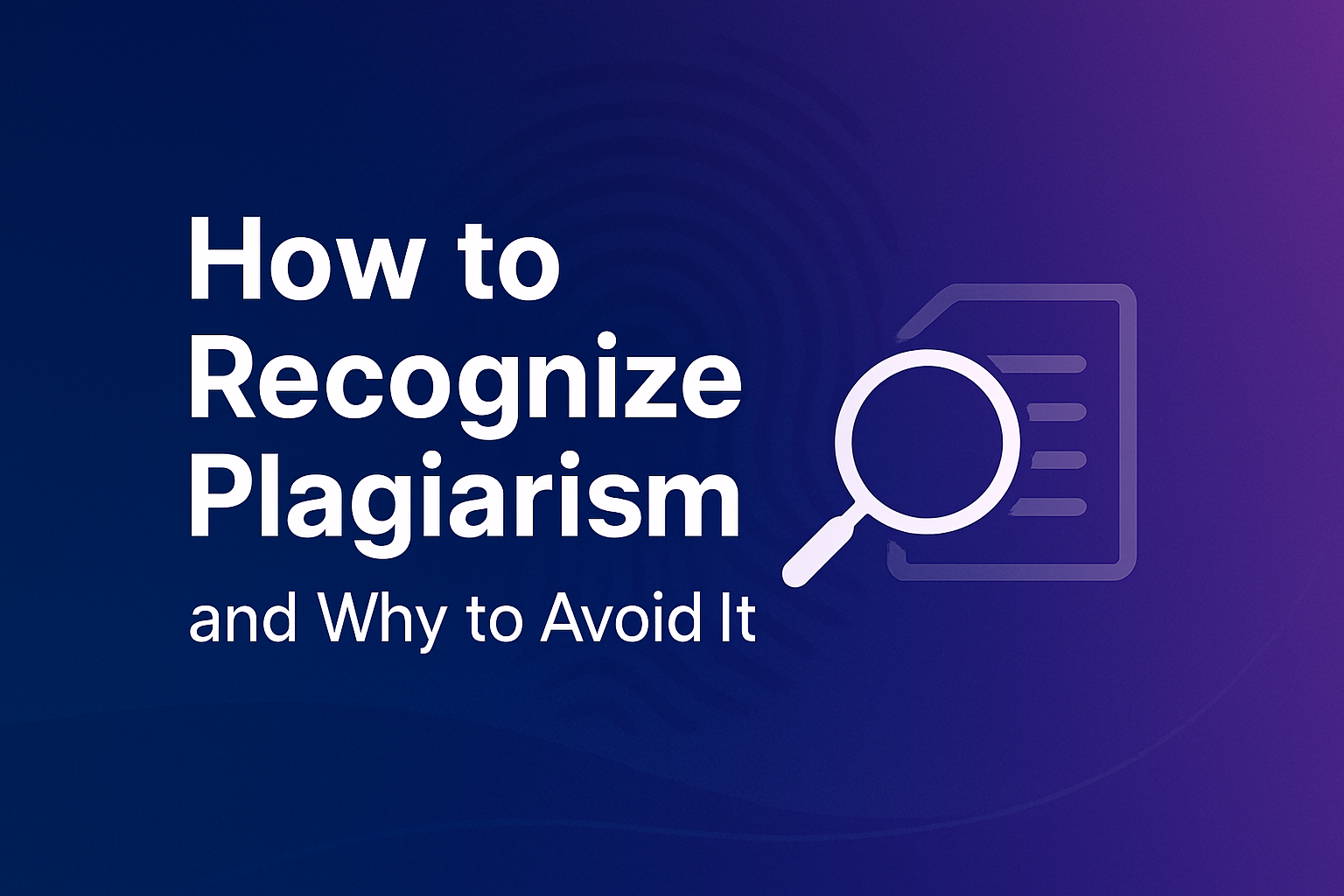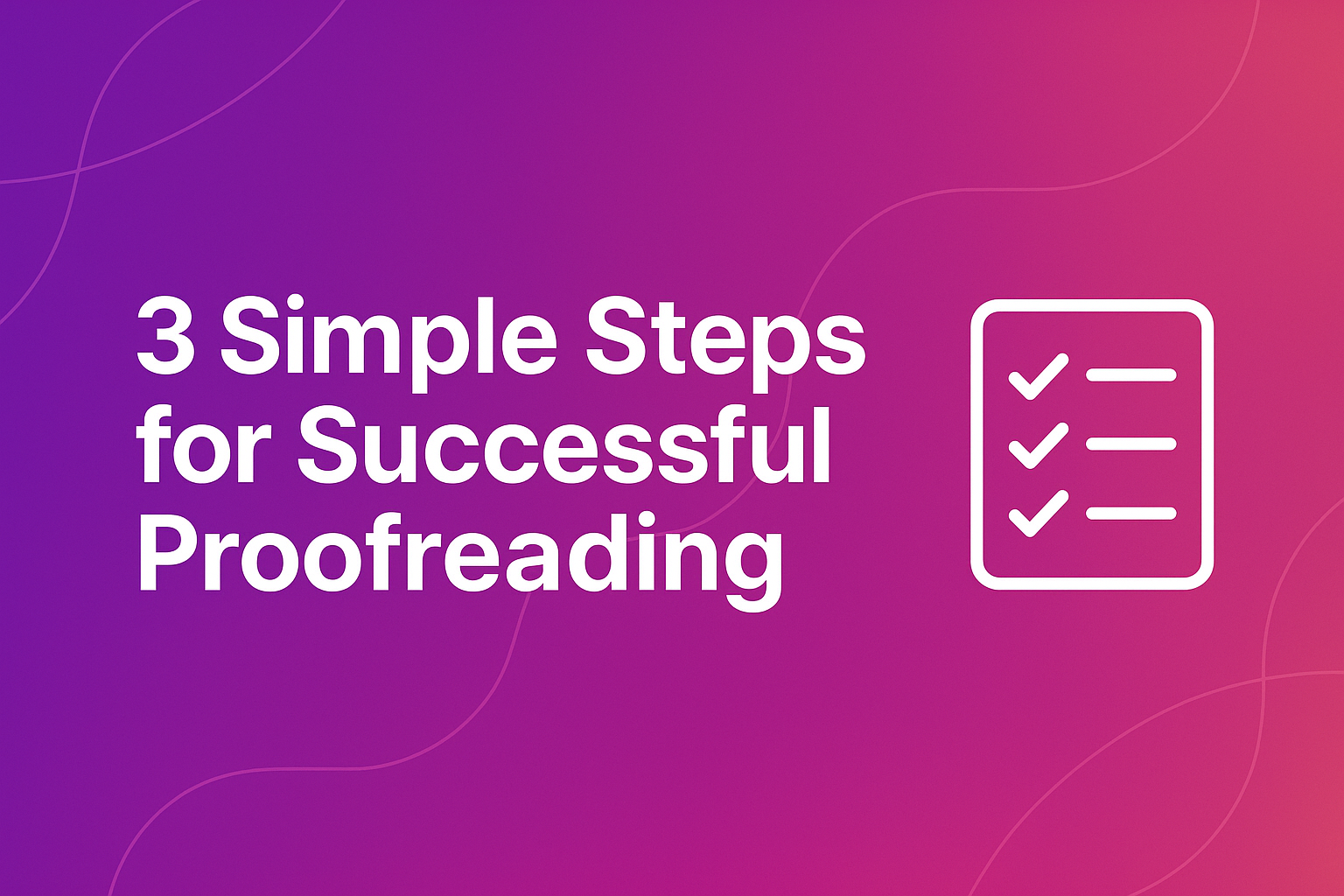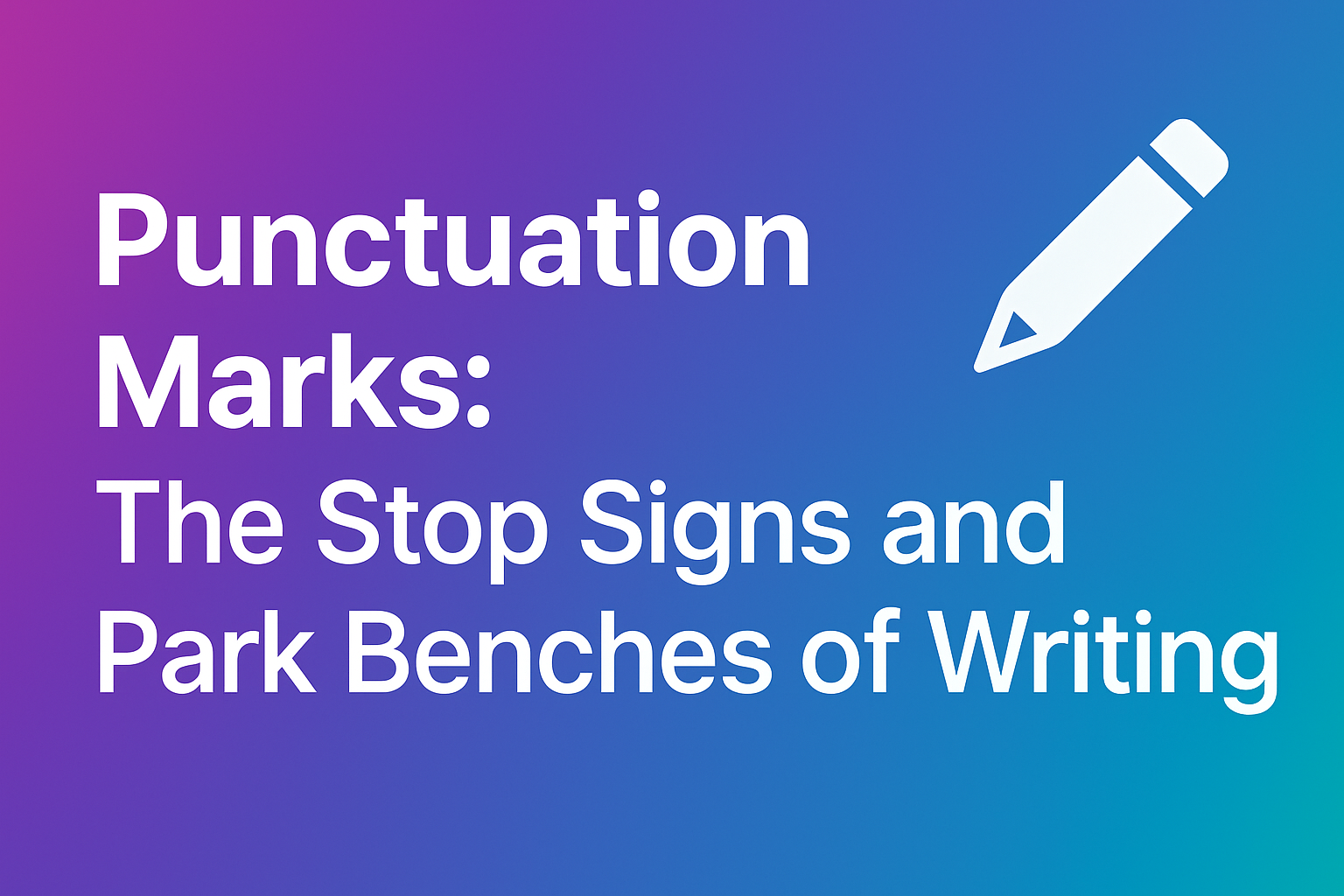
How to Cite Sources Like a Pro: A Comprehensive Guide
Master the art of citing sources with this comprehensive guide covering various citation styles, common mistakes to avoid, and best practices for academic and professional writing.
Read articleCheck your papers for plagiarism with our advanced AI tools


Plagiarism is a serious academic and professional offense that involves using someone else's work, ideas, or words without proper attribution. In today's digital age, where information is readily accessible, understanding what constitutes plagiarism and why it should be avoided is more important than ever.
Direct plagiarism is the word-for-word copying of text without attribution or quotation marks. This is the most blatant form of plagiarism and is easily detected by plagiarism checkers.
Also known as "patchwork plagiarism," this involves taking phrases or passages from various sources and combining them without proper citation. Even if you change a few words or the order of sentences, it's still plagiarism if you don't cite the original source.
Surprisingly, you can plagiarize yourself. Self-plagiarism occurs when you reuse your previously published work without acknowledging that it was used before. This is common in academic settings where students might repurpose assignments from previous courses.
Sometimes plagiarism happens unintentionally, such as when you forget to cite a source or misattribute information. However, accidental plagiarism still carries consequences.
If you're reviewing a document and notice abrupt changes in writing style, vocabulary level, or tone, this could indicate plagiarized content.
Inconsistencies in font, spacing, or citation style within a document might suggest that content has been copied and pasted from various sources.
If a paper contains references to events or data that are noticeably outdated when the rest of the content is current, this could be a sign of plagiarism.
References that don't align with the topic or arguments presented in the paper might indicate plagiarized content.
Plagiarism undermines the values of honesty, respect, and fairness that are central to academic and professional communities. Original thought and proper attribution are cornerstones of intellectual growth.
Beyond academic penalties, plagiarism can have legal ramifications, especially when it involves copyright infringement. Legal consequences can include financial penalties or lawsuits.
A reputation for plagiarism can severely damage your career prospects. Many employers view plagiarism as a breach of trust and integrity, which are qualities highly valued in any profession.
When you plagiarize, you miss valuable learning opportunities. Writing original content helps develop critical thinking, research skills, and the ability to articulate your thoughts clearly.
Tools like Plagly can help identify potential instances of plagiarism in your work before submission, allowing you to address any issues.
When researching, maintain organized notes with clear distinctions between direct quotes, paraphrased content, and your own ideas. Always record source information.
Familiarize yourself with citation styles relevant to your field, such as APA, MLA, or Chicago, and apply them consistently throughout your work.
Work on developing your unique writing style and voice. This not only helps avoid plagiarism but also makes your writing more engaging and authentic.
Recognizing and avoiding plagiarism is crucial for maintaining academic integrity and developing as a writer and thinker. By understanding what constitutes plagiarism and implementing strategies to prevent it, you protect your reputation and demonstrate respect for the intellectual property of others. Remember, the goal of academic and professional writing is not just to avoid plagiarism but to contribute your original thoughts and perspectives to the broader conversation in your field.

Master the art of citing sources with this comprehensive guide covering various citation styles, common mistakes to avoid, and best practices for academic and professional writing.
Read article
Master the art of proofreading with these three essential steps that will help you catch errors and polish your text to perfection.
Read article
Discover how proper punctuation serves as the essential traffic signals of written communication, guiding readers through your ideas with clarity and precision.
Read article